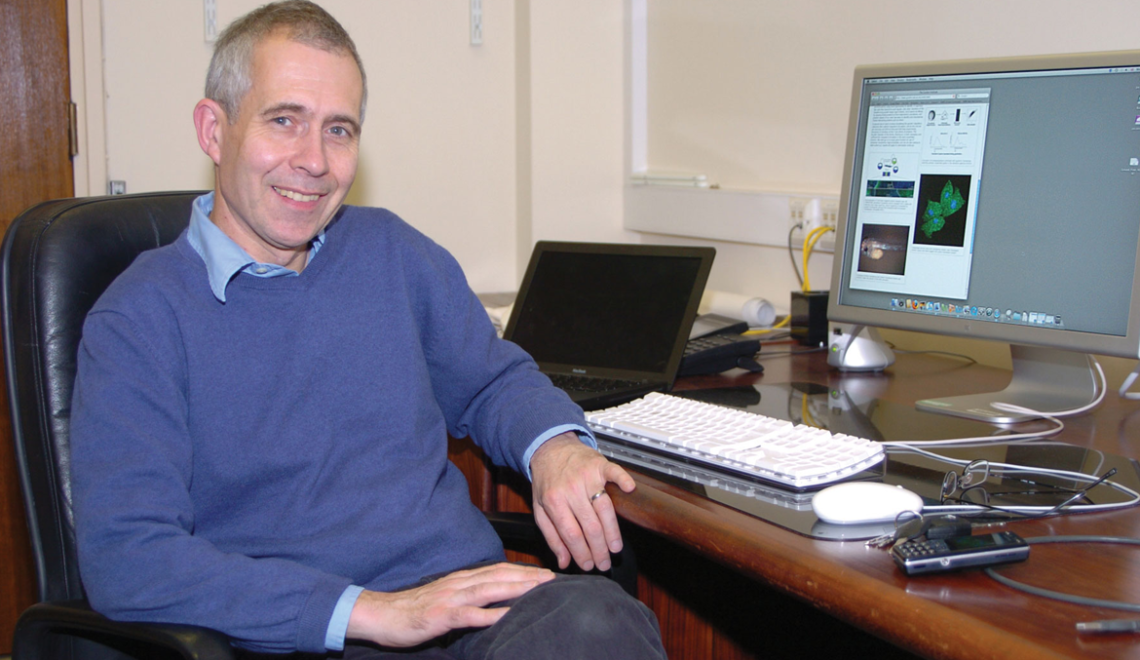
A new and exciting revival of historic research into blood rejuvenation suggests we are potentially circulating the keys to cell longevity. Bred from the deep recesses of our bone marrow; young blood may, in fact, hold properties to rejuvenate the old.
The use of blood as a restorative agent holds a sense of infamy in most folklore tales (circa 1614; the legend of Countess Elizabeth Báthory de Ecsed bathing in the blood of youthful victims to retain her beauty and youth). But in more recent times, evidence stemming from both the US and Germany indicates that secreted proteins found within our blood may provide a very translational approach to restoring our youthful glow. Not only that, but an opportunity to treat or delay aging-related diseases such as Alzheimer’s may be within a decade shot.
Blood Rejuvenation: It Takes Two
It is difficult not to reflect with scepticism on something that reads like an incredibly cliché vampire movie. Hemotherapy (or the therapeutics associated with blood products; if we argue age as a disease) is not an old concept. In fact, experiments performed sporadically in the last generation have shown the use of a younger, surrogate, circulatory system in replenishing the wellness of mice. These experiments relied on completely suturing old and relatively young mice to share a common capillary circulation (A Frankenstein-esque technique termed “Parabiosis”. Developed by the Physiologist Paul Bert but popularised for ageing studies by gerontologist Clive McCay) but nevertheless showed remarkable improvements in heart, muscle tissue and brain repair and function. The blood of younger mice provided a relief from age; older mice became stronger, healthier and with improved cognitive function. The current debate from seminal researchers in the field is whether its rejuvenation versus damage repair, there is nonetheless a well-described restoration of function to tissues.
What Is the Evidence?
Tony Wyss-Coray, a neurologist at Stanford University and his team showed in a paper published in Nature in 2014 that infusions from the blood of 3-month old mice (equivalent human age: 20 y.o) reversed the neurological dysfunction in 18-month old mice (equivalent human age: 65 y.o). Using the shared circulatory method, the researchers found that the youthful half of the mice imparted positive gene expression changes in the hippocampus region of the brain as well as enhanced neural connections. The influence of young blood allowed the older mice to perform cognitive tasks with the youthful vigour of a 3-month old. Interestingly, also providing a strong indication that the brain is, in fact, malleable and can be restored to improve learning and memory. The effects of young blood were not limited to the brain, however – reports indicating that the muscles of older mice healed faster, liver cells grew at a new and youthful rate and heart tissue could be rejuvenated. Okay, vampires, you may be slightly on to something. Nevertheless, I would not want my circulatory system forever conjoined to someone; so how is this translational?
Well, it was. By further refining experiments and redesigning them to involve infusions of young blood plasma into old mice the same research team used both adolescent mice and human plasma to demonstrate unequivocally, they are seeing a restorative “neural plasticity” in their model. Ultimately, this suggests that “there are secreted components in the blood of young organisms, including humans, that can rejuvenate an old brain and make it work more like a younger one,” as Wyss-Coray says. The obvious go-to hypothesis would turn a keen eye towards an increased stem cell effect, but research has discovered that the older tissues had the same (or similar) number of stem cells as the younger ones. The young blood could revive stem cells in older mice, but not increase them. So then what? How can we harvest the blood of our younger generation if we don’t know the secret ingredients of immortality lying within them?
…maybe we discovered that the Fountain of Youth is actually within us, and it has just dried out.
– Professor Tony Wyss-Coray
The Elixir That Is Our Blood
Among the menagerie of factors (or components) within our blood, few have hinted as important elixirs to the restorative properties of young blood. What scientists were looking for was a molecule (or molecules) that was abundant in young blood and that slowly dissipated as we aged. One of those molecules, GDF11, a cytokine (or protein secreted by immune cells), proved to be an important contributor. The effects of GDF11 when injected alone showed a mirror image, albeit if not slightly milder, of the results obtained previously. GDF11 injections spurred the growth of blood vessels and neurones in the brain as well as alleviated cardiac hypertrophy. The fact that it was milder than a complete parabiosis experiment, and cannot enter the brain suggests that it doesn’t act alone – it exerts a master effect in vivo. Other interesting candidates that may work in tandem with GDF11 include TIMP2. While its age-related effects are unknown, shows promise as another molecule that may work indirectly to influence the brain.
Last month, a paper published in the EMBO journal showed that older mice have a much lower level of a protein known as osteopontin (OPN) produced from the stroma (the connective tissue portion of an organ). OPN stimulates immune cells to increase the release of cytokines, and when mixed in a cell culture dish with older derived stem cells had the unique ability to increase the production of white blood cells. Injecting stem cells into mice void of OPN showed that the hematopoietic (blood-lineage) stem cells themselves aged remarkably rapidly. The author, Professor Harmut Geiger from the Institute of Molecular Medicine and Aging Research Center, Germany, believes while the majority of focus is on factors in our plasma that may aid in our youthfulness – it is the cells within our whole blood (more specifically the red and white blood cells) that are playing the key role.
The Era of Blood Rejuvenation
Blood rejuvenation of the elderly through the use of young blood reads a lot like every vampire movie ever made. Surely, we are not ready, as a society, to start harvesting the younger generations blood for a grand revival. And in fact, this is not the case. Strong as the evidence may be, claims that young blood or extracted plasma will be able to extend our lifespans are undeniably over-estimated at this point in time. Bioethicists urge caution over the justification of using blood rejuvenation as an anti-ageing solution, given the intangible nature of longevity treatments currently present. Excluding the cosmetic appeal, however, this fountain of youth approach to the treatment of clinically relevant disease holds promise. Approaches to synthesise and develop drugs from pure GDF11 and OPN are currently underway. Furthermore, the use of young plasma in the treatment of Alzheimer’s is in the analysis phase, with results set to be released in the coming year. But even if we cannot prolong longevity, there are miracles to be said in boosting muscle mass, synaptic plasticity, heart health and memory. The myriad of benefits may be seen in chemotherapy patients who typically succumb to muscle wastage and those with age-related diseases. But what of the stimulation of stem cells? Cancer biologists would urge caution to the side-effects to prolonging a cell’s life. If scientists could synthesise a pure cocktail of growth factors to stimulate our hematopoietic stem cells, protect cells from inflammation and prolong death we could well be seeing these effects in our lifetime.
But studying age-related biology is difficult because it takes many years to answer these questions. And while we seek to give ourselves just that, tiny bit longer – we are fundamentally tethered to death and old age. But who knows, perhaps one day we could be 89-turned-30-year-olds basking in our youth, much like the Fountain of Youth painting by Lucas Cranach. What we’ll be bathing in, however, well that is currently anyone’s guess.
The opinions in The Freethink Tank’s Opinion category are those of the author and are no reflection of the views of the website or its owners.
Advertisement








